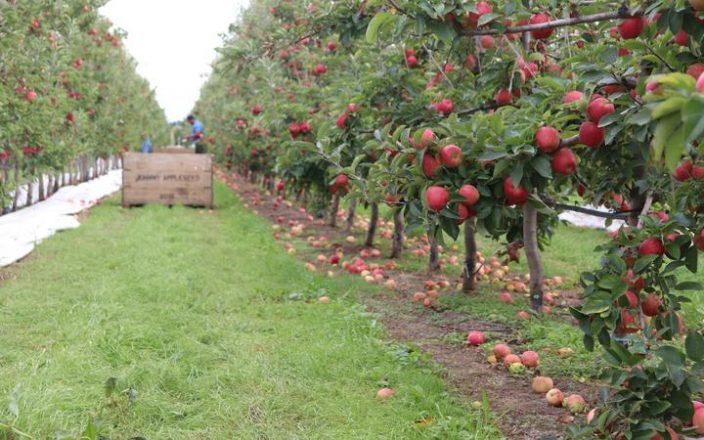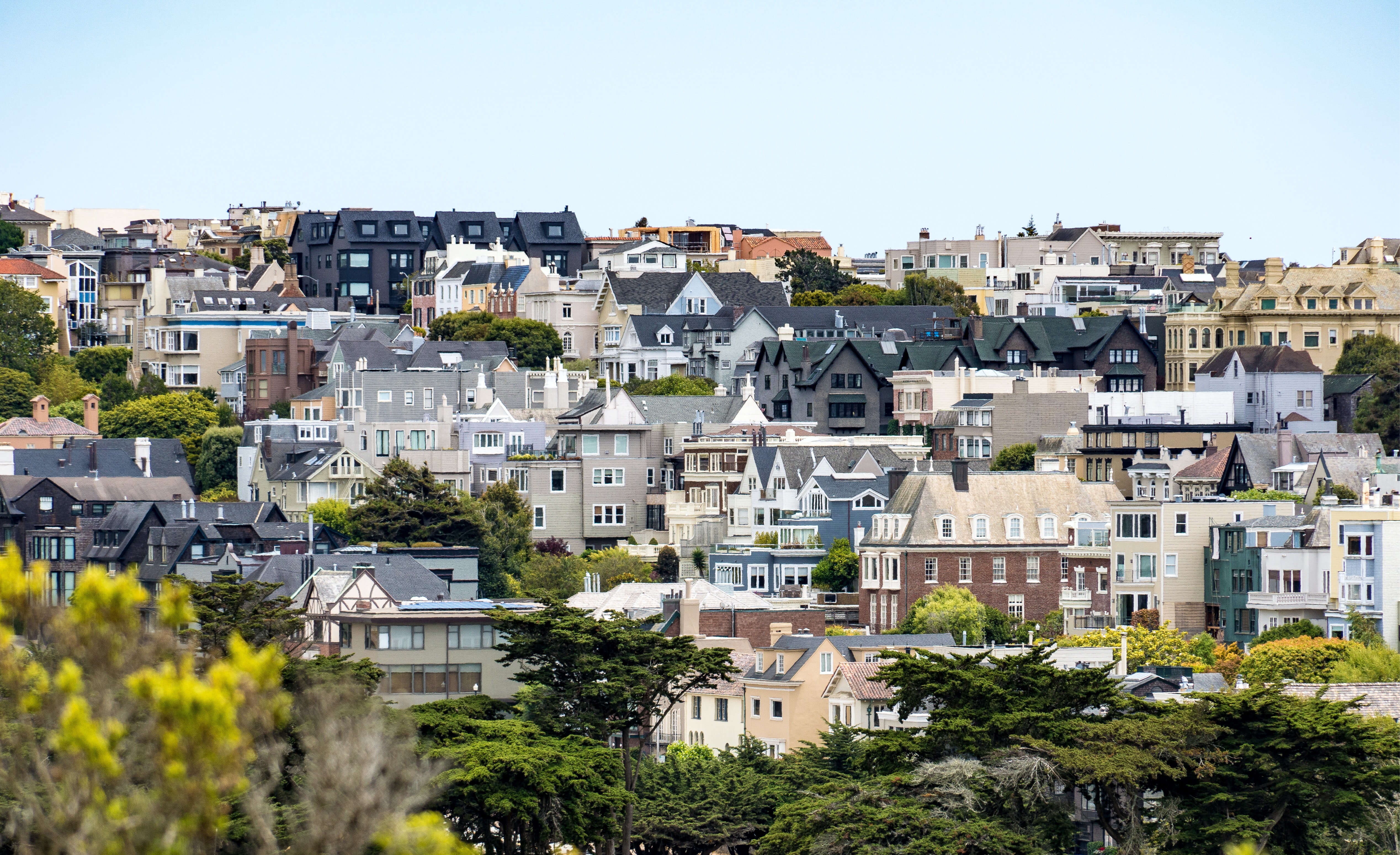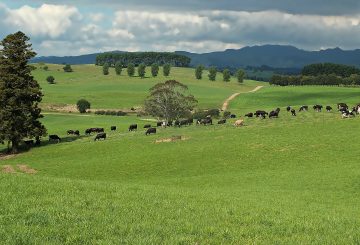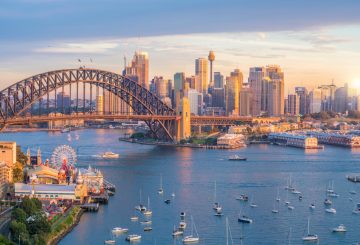Theo một báo cáo mới công bố của chuyên gia ngân hàng kinh doanh nông nghiệp Rabobank, bất chấp tình trạng hỗn loạn đang diễn ra trên toàn cầu, các nhà sản xuất nông nghiệp ở New Zealand được cho là một năm có lợi nhuận nữa vào năm 2022.
Báo cáo cho biết năm 2021 đã chứng kiến mức giá cao kỷ lục tại địa phương đối với hầu hết các mặt hàng nông nghiệp do New Zealand sản xuất. Ngành nông nghiệp New Zealand đã hoạt động tốt trong việc điều hướng chuỗi cung ứng thất thường và với dòng chảy thương mại được duy trì tốt bất chấp đại dịch toàn cầu, trong khi quan hệ thương mại với Trung Quốc vẫn bền chặt.
Cơ hội hiện đang có
Báo cáo cho biết New Zealand vẫn giữ vị trí tốt trên thị trường nông sản toàn cầu trong năm tới, với triển vọng sản xuất của các đối thủ cạnh tranh vẫn còn hạn chế, do Nam Mỹ, bờ biển phía tây của Mỹ và các khu vực của châu Âu tiếp tục đối phó với điều kiện thời tiết khắc nghiệt, làm giảm khả năng tăng sản xuất của họ khi phải đối mặt với giá cao.
Sản xuất hàng hóa quan trọng trên toàn cầu được hạn chế sẽ hỗ trợ nhu cầu và giá cả của công ty đối với các sản phẩm của New Zealand.
Rủi ro phía trước
Tuy nhiên, năm tới cũng sẽ mang lại rủi ro cao cho ngành nông nghiệp của đất nước, báo cáo cho biết, với Covid và nền kinh tế Trung Quốc nói riêng tiếp tục tăng trưởng mạnh, trong khi lạm phát tăng cao và các vấn đề chuỗi cung ứng đang diễn ra sẽ tạo ra những thách thức riêng cho họ.
Những thách thức về vận tải hàng hóa và áp lực lạm phát gia tăng trong chuỗi cung ứng cũng sẽ tiếp tục “gây đau đầu” vào năm 2022.
Nhiều thay đổi nhiều hơn và không chắc chắn
Dự kiến sẽ có nhiều bất ổn hơn vào năm 2022 khi các khuôn khổ quy định tiếp tục phát triển trong lĩnh vực bền vững môi trường, Rabobank Outlook cho biết. Các mốc quan trọng sẽ bao gồm quyết định về cơ chế định giá khí thải cho nông nghiệp và việc ban hành Ngân sách phát thải của Chính phủ.
Triển vọng hàng hóa cho năm 2022
Sữa: Sự thiếu hụt nguồn cung toàn cầu sẽ củng cố giá cả hàng hóa vững chắc, nhưng áp lực chi phí lạm phát sẽ làm mất đi một số mức giá kỷ lục.
Thịt bò: Ngân hàng Rabobank dự kiến giá thịt bò tại nông trại sẽ tiếp tục duy trì ở mức cao hơn mức trung bình 5 năm vào năm 2022, được hỗ trợ bởi nguồn cung thịt bò toàn cầu hạn chế và nhu cầu mạnh mẽ từ Trung Quốc và Mỹ.
Thịt cừu: Nhu cầu ổn định từ Trung Quốc đặc biệt có thể sẽ hỗ trợ giá bán tại trang trại tăng cao trong năm tới, bất chấp sự gia tăng dự kiến về lượng thịt cừu có sẵn có trên toàn cầu.
Thịt nai: Thị trường thịt nai dự kiến sẽ tiếp tục phục hồi vào năm 2022, với việc mở cửa trở lại dịch vụ ăn uống ở châu Âu và Mỹ. Rabobank dự đoán giá tại cổng nông trại sẽ tiếp tục giảm vào năm 2021/22, nhưng sẽ tăng cường vào năm 2022/23.
Trồng trọt: Lợi nhuận từ cây ăn quả cho quả kiwi dự kiến sẽ vẫn tăng vào năm 2022, do nhu cầu tiêu dùng mạnh mẽ. Những thay đổi đáng kể đối với các lĩnh vực cấp phép và quy trình đấu thầu sẽ được thực hiện vào năm 2022.






























































